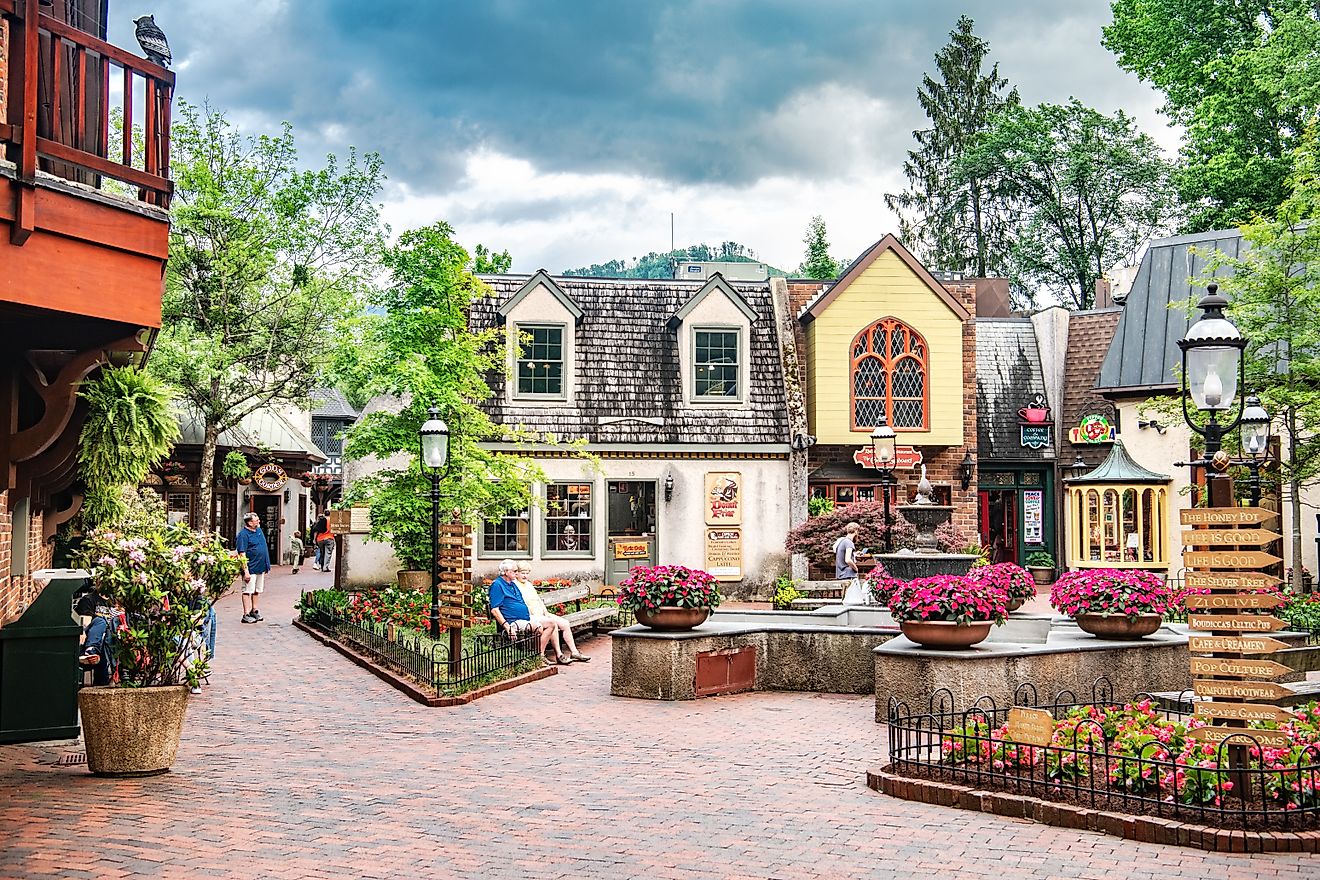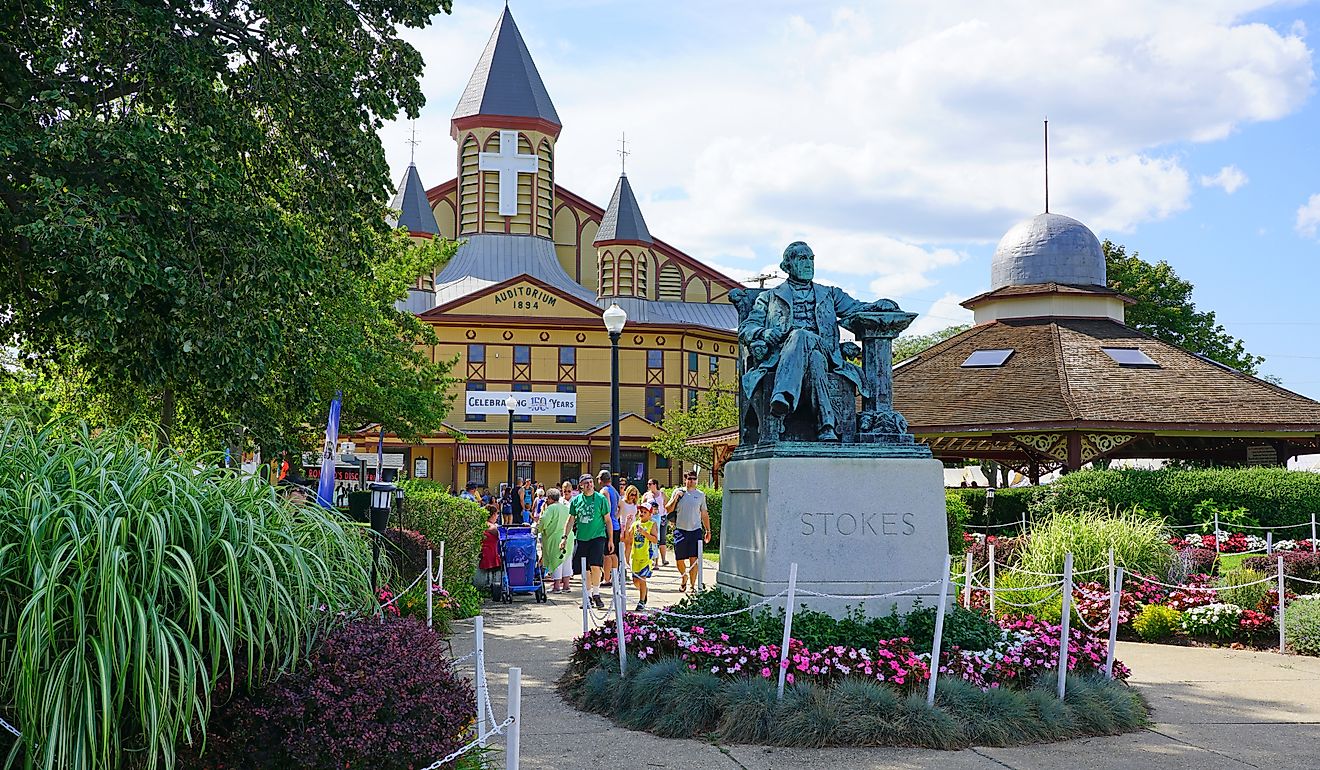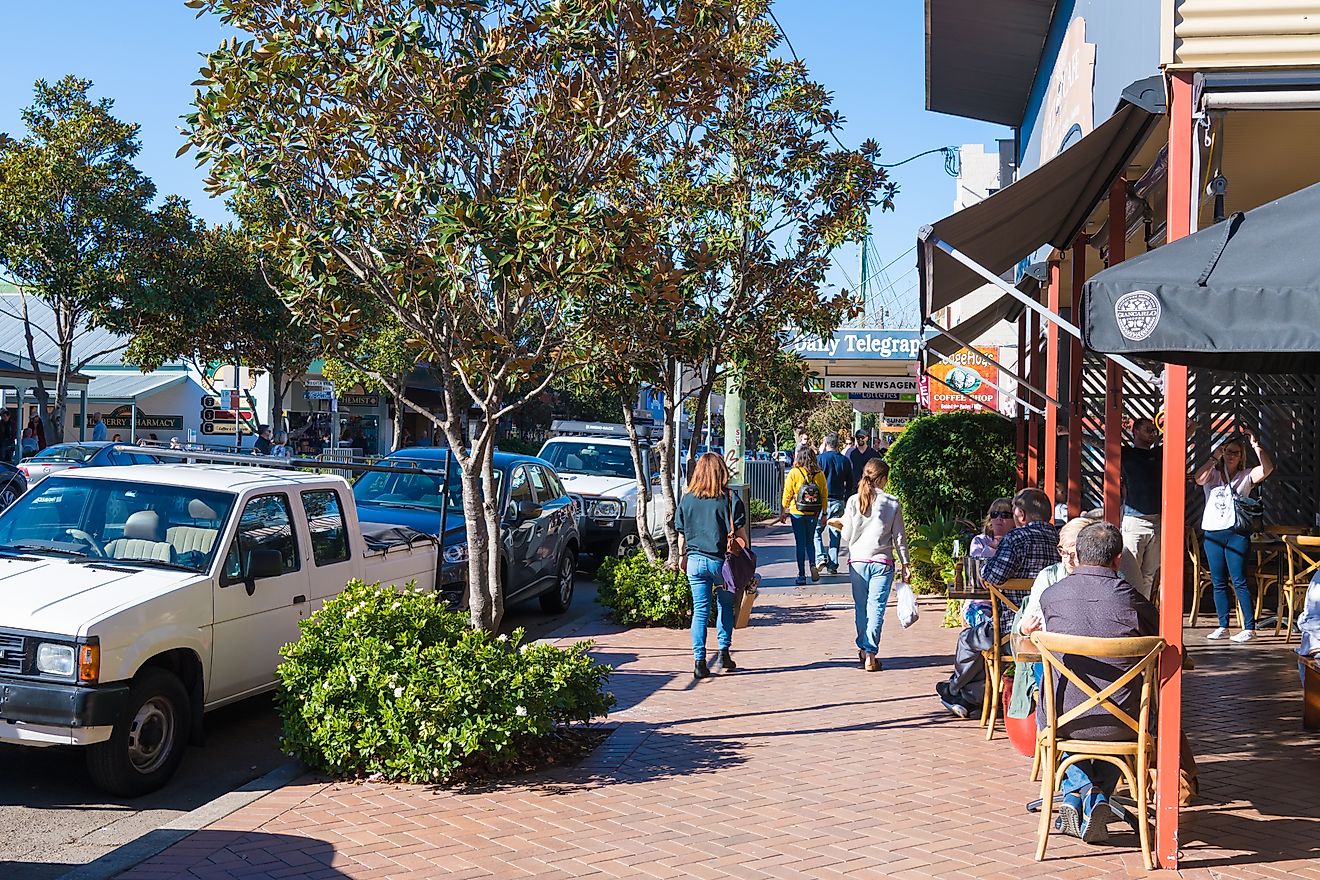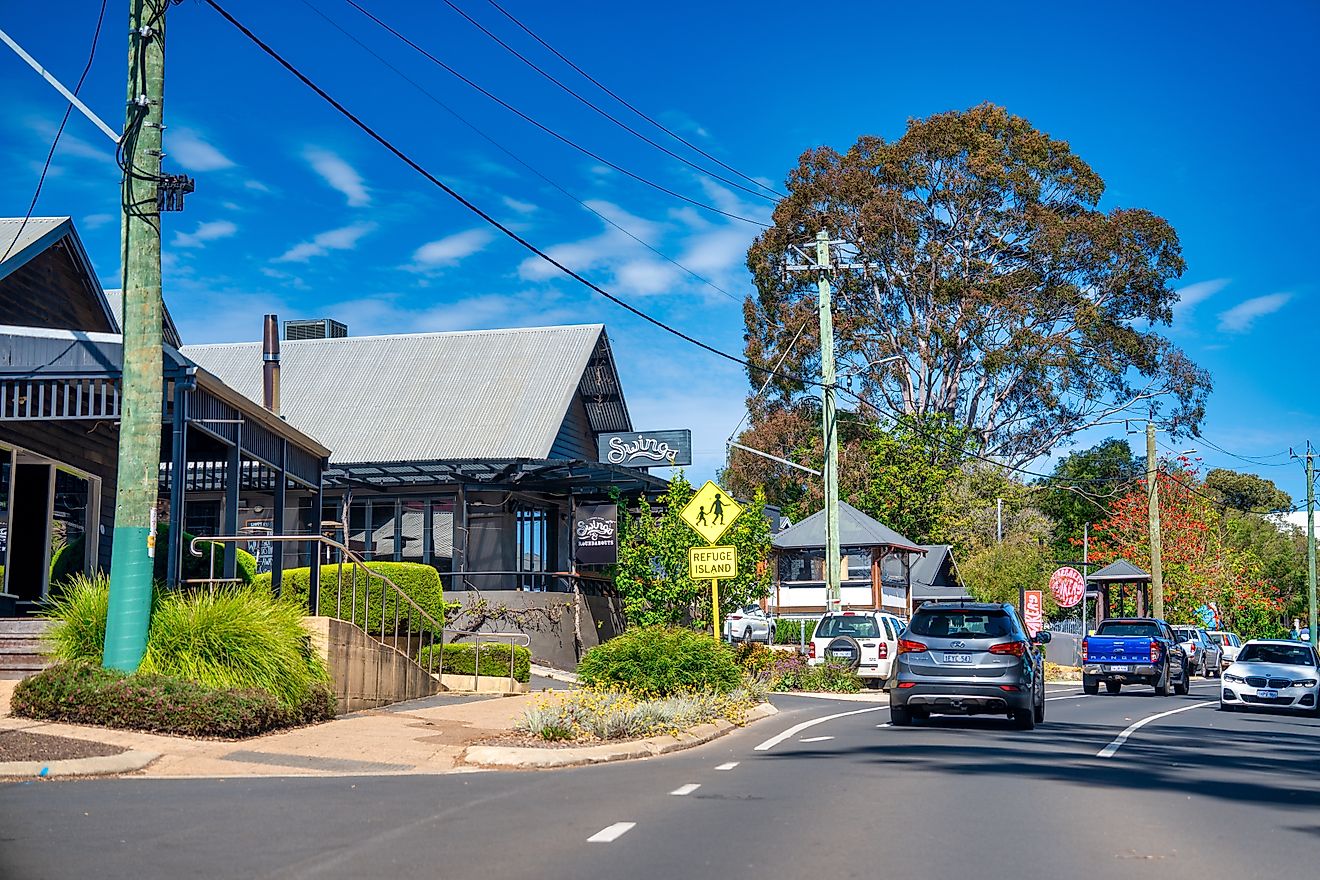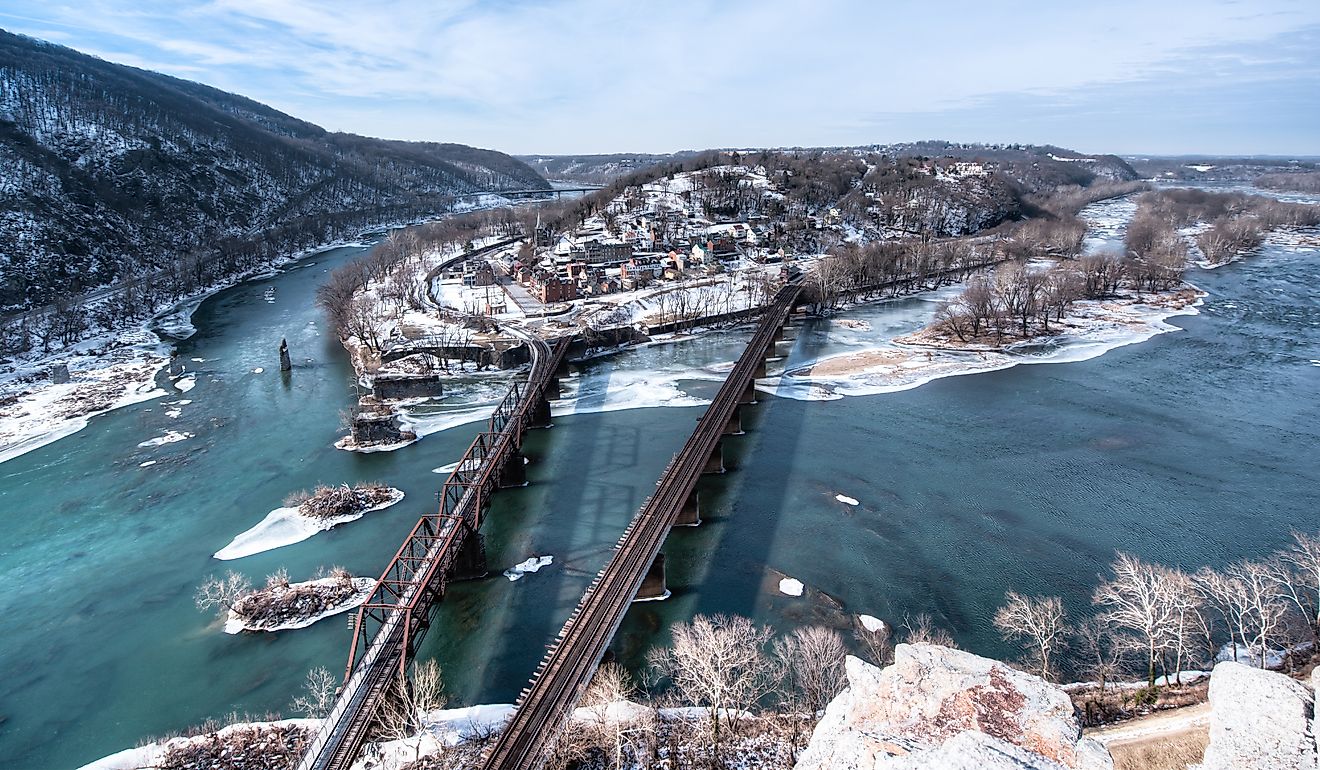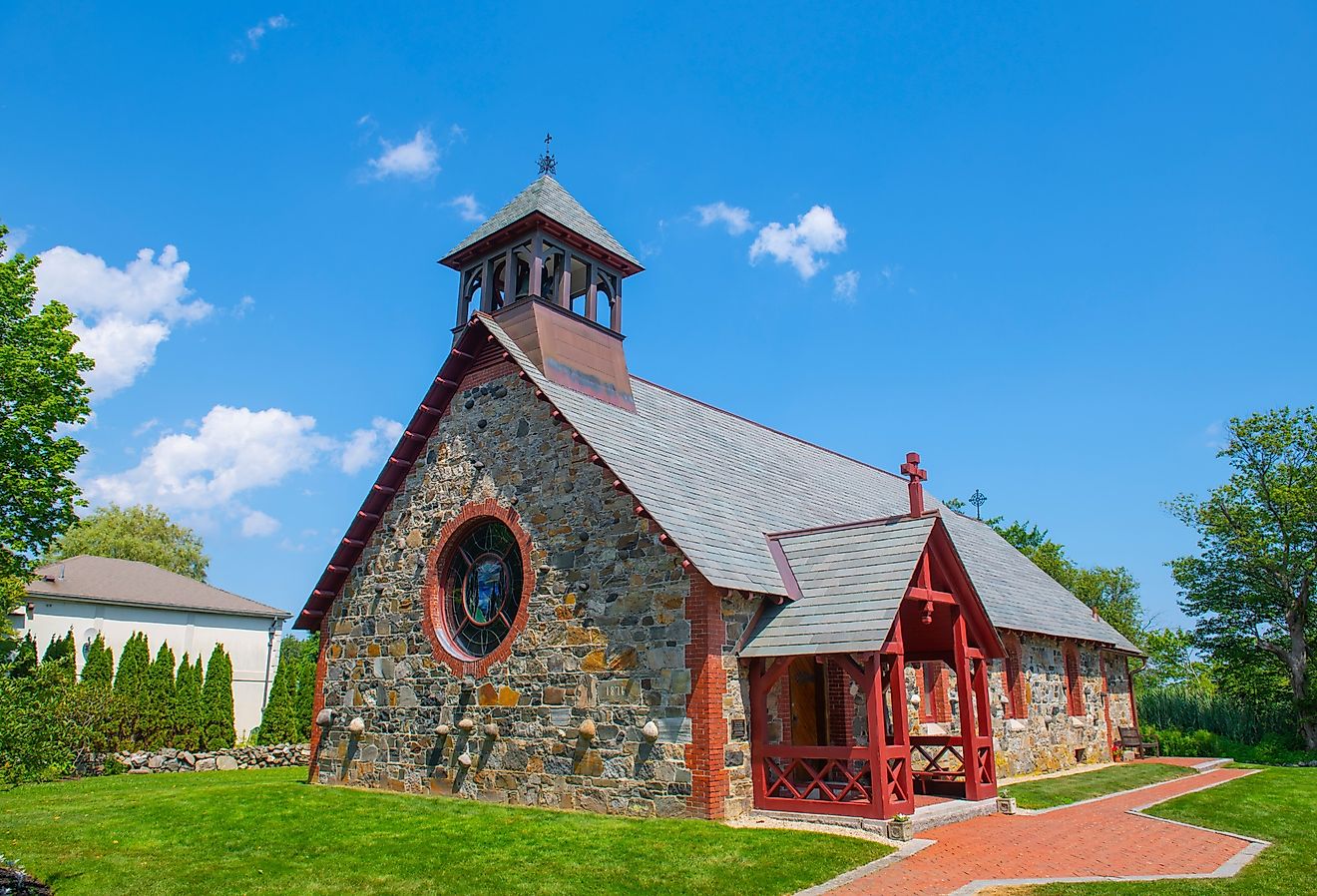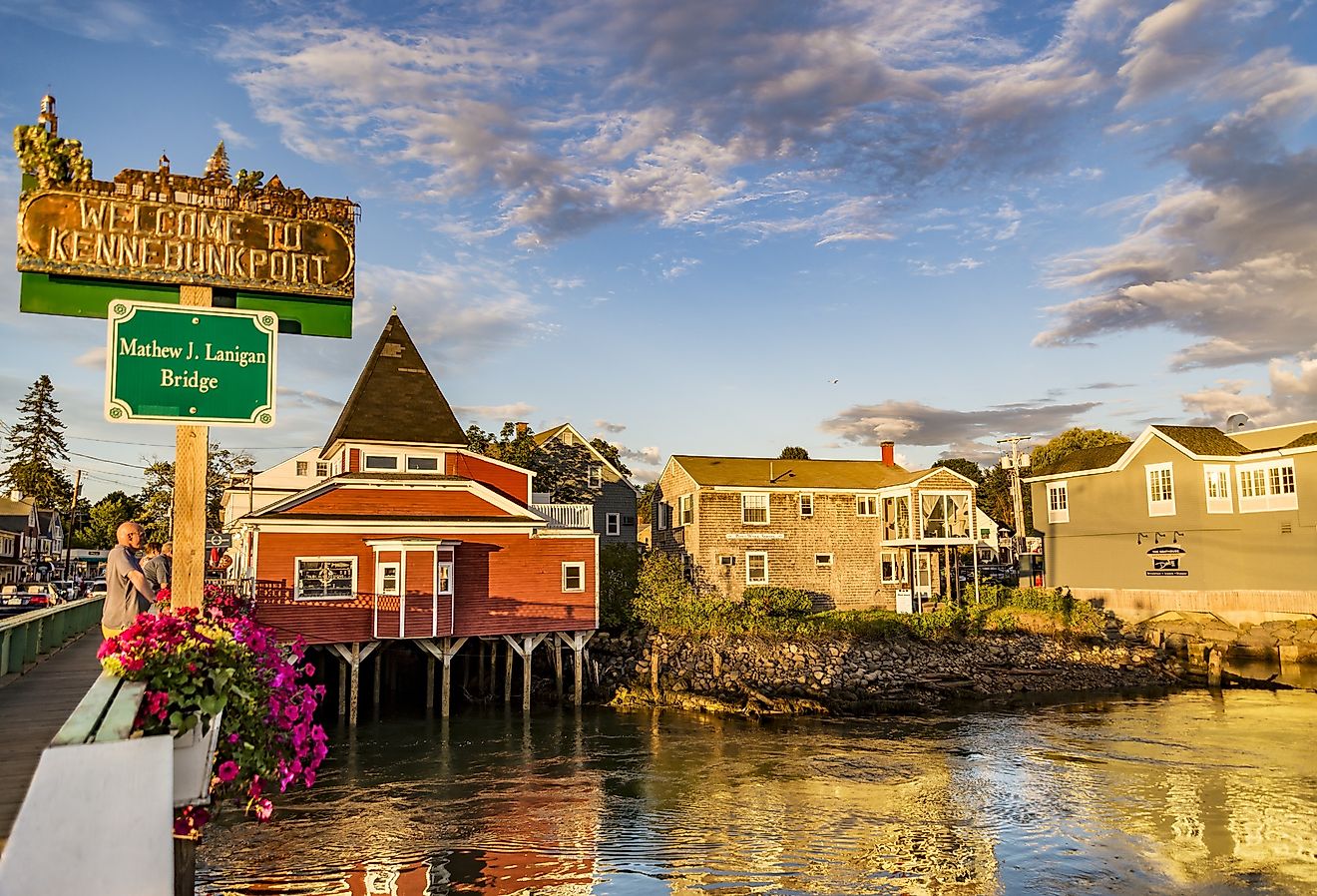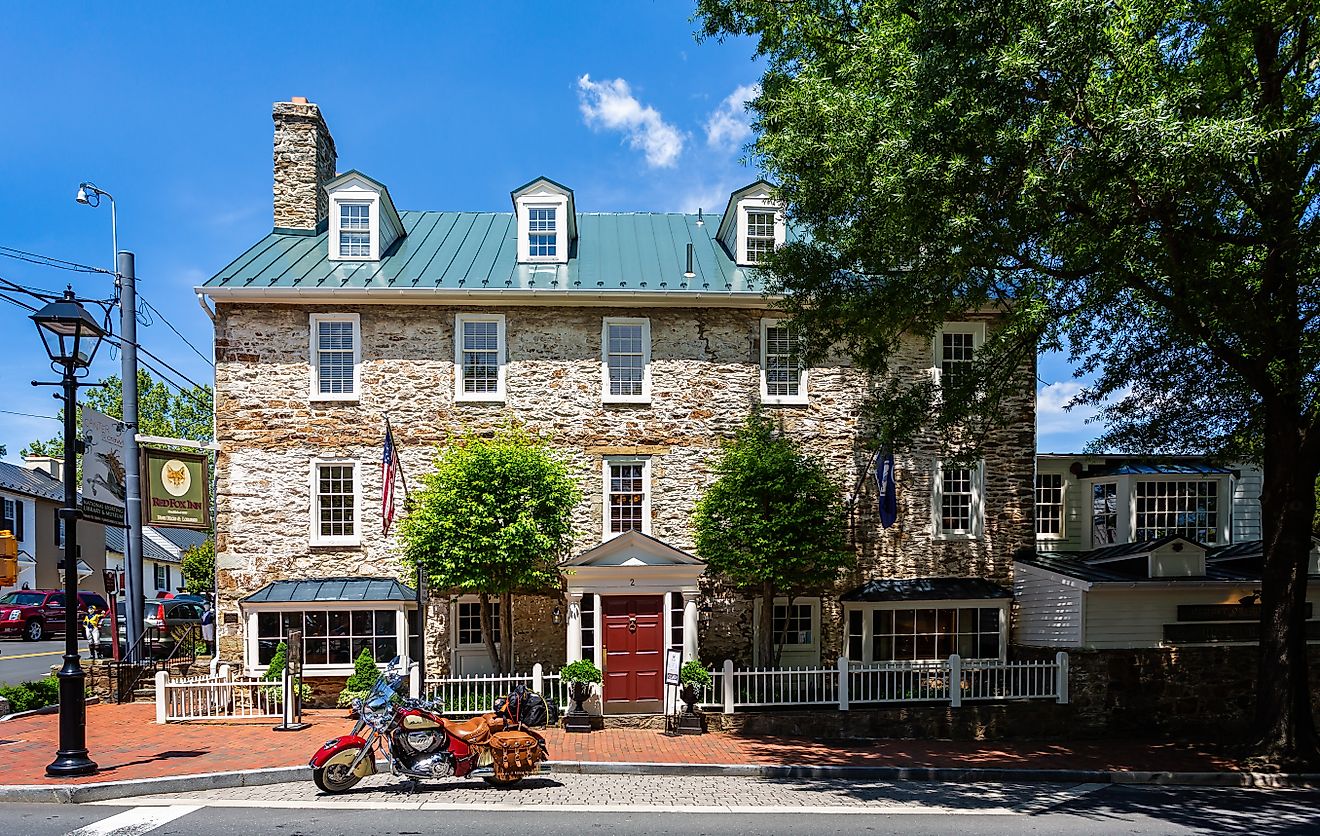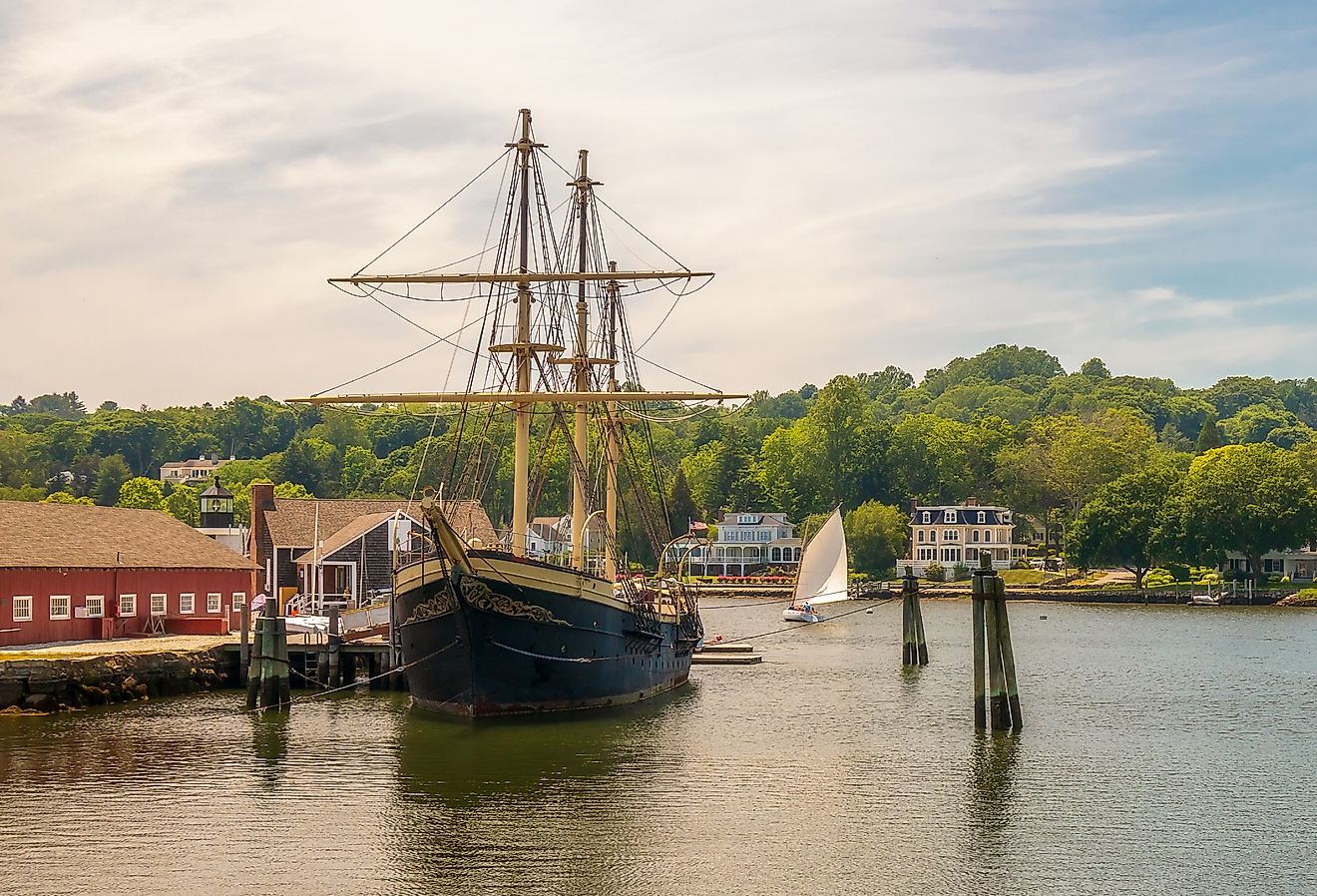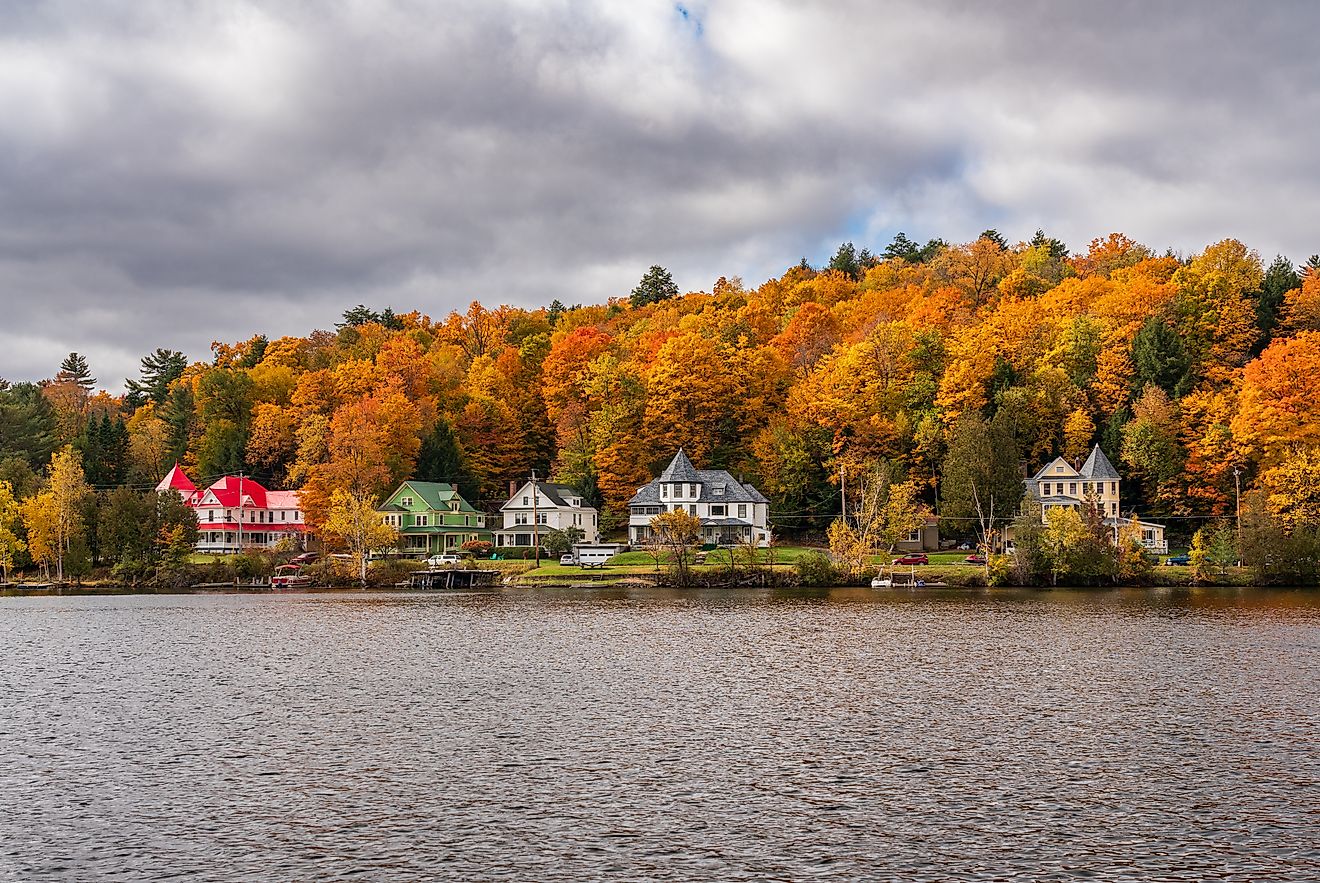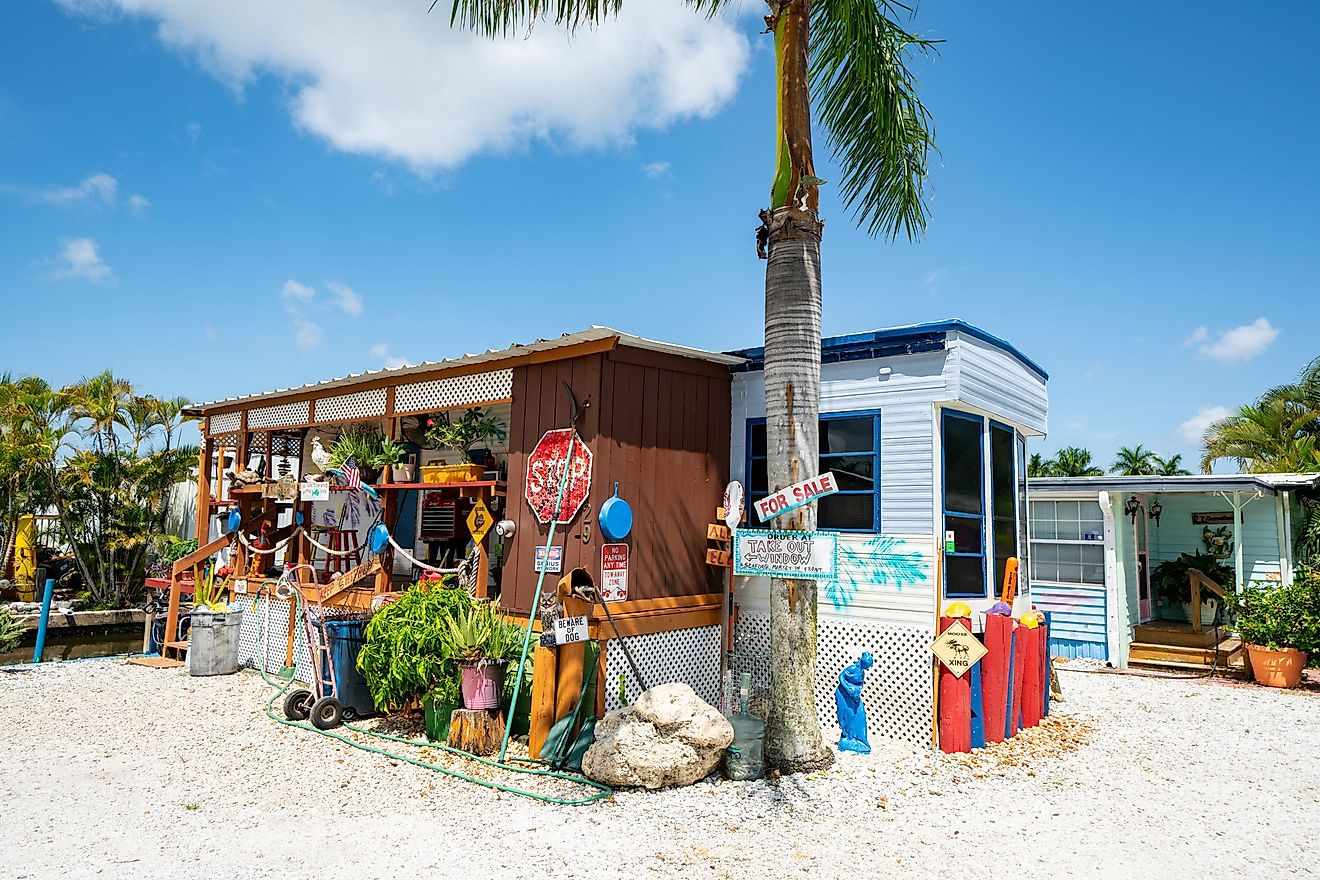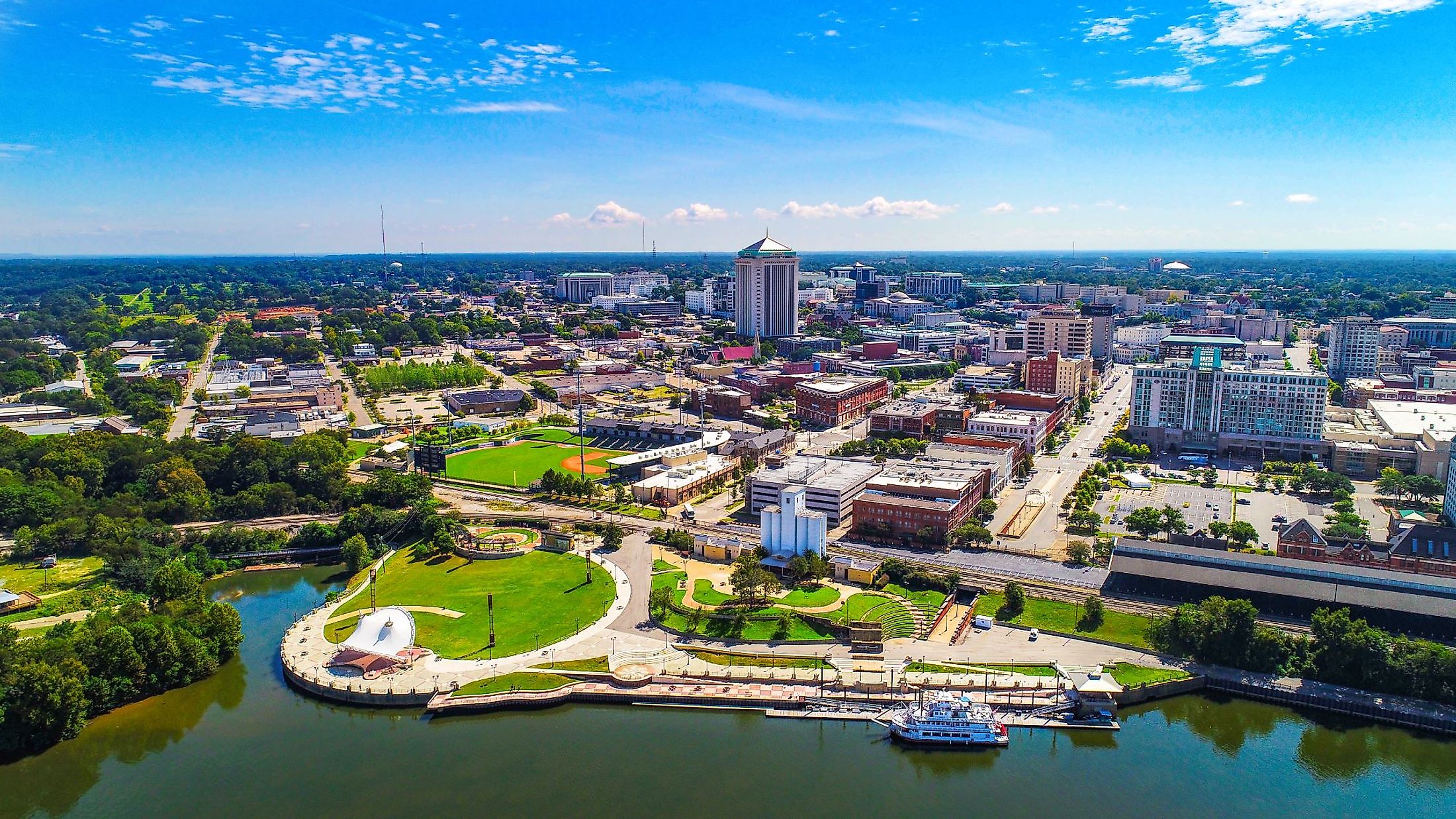
Montgomery, Alabama
Montgomery is a big city situated in Montgomery County in the south-central portion of the US State of Alabama. Located on the Gulf Coastal Plain along the southern shores of the Alabama River, the capital city of Montgomery is the state’s second-most populous city and the country’s 119th most-populous city. Montgomery also serves as a processing center for several economically important crops like cotton, soybeans, peanuts, etc., due to its central location in the Black Belt region of the state. Moreover, being the birthplace of the Civil Rights Movement, the city contributed immensely to the history of the United States and helped shape the modern nation that it is known today.
Geography Of Montgomery
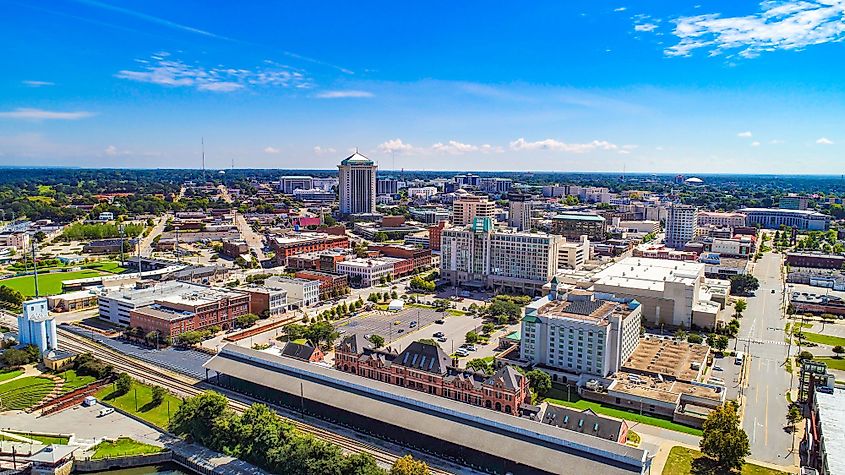
Built over rolling terrain at an elevation of roughly 67 m above sea level, Montgomery covers a total area of 420.28 sq. km, of which 414.03 sq. km is occupied by land, and 6.25 sq. km is covered by water. Downtown Montgomery is placed along the southern shores of the Alabama River, approximately 10 km downstream from the meeting point of the Coosa and Tallapoosa rivers.
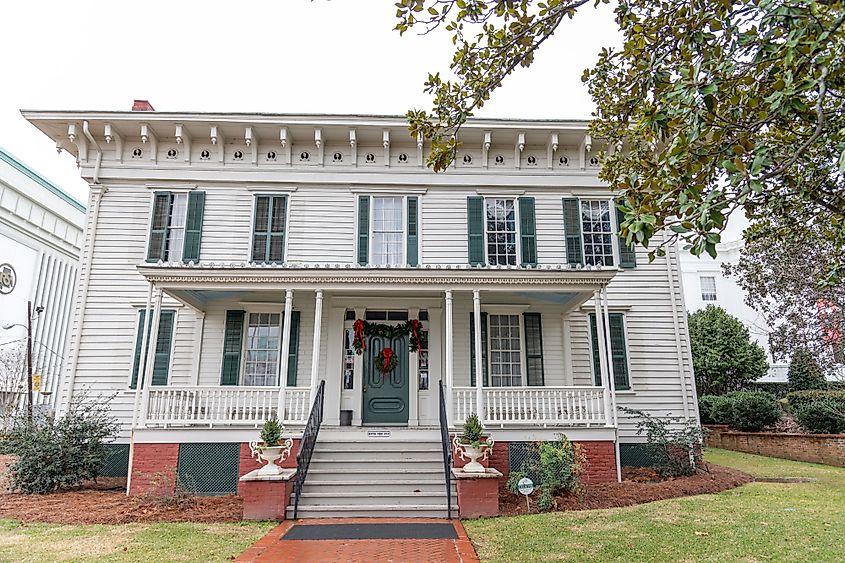
Some of the significant buildings in Montgomery include RSA Tower, 60 Commerce Street, 8 Commerce Street, Alabama State Capitol, Dexter Avenue Baptist Church, etc. Another notable landmark in Montgomery is the “First White House of the Confederacy,” the residence of President Jefferson Davis when Montgomery was the Confederate Capital. Moreover, there are several parks in Montgomery, including Riverfront Park, Woodmere Park, Oak Park, and Blount Cultural Park.
Climate Of Montgomery
According to the Koppen Climate Classification, Montgomery experiences a humid subtropical climate, having hot, humid summers and short, mild winters. Typically, the temperature in Montgomery varies from 4 °C to 33 °C over the course of the year, rarely dropping below -4 °C or rising above 36 °C. Montgomery is known for its notorious thunderstorms, which bring much of the city’s rainfall. These thunderstorms are common most during the summer; however, they occur throughout the year. Severe thunderstorms occur occasionally, featuring large hail, damaging winds, and the usual hazards of lightning and heavy rain.
History Of Montgomery
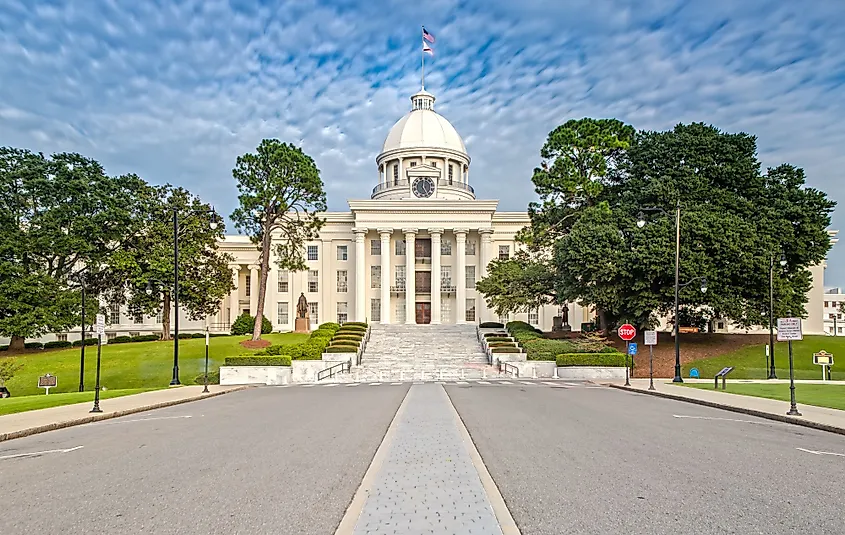
Before the advent of the Europeans, the Alibamu tribe of Native Americans inhabited the eastern shores of the Alabama River, with the western shores being home to the Coushatta. These civilizations had built massive earthwork mounds as part of their societies, had their own languages, art forms, cuisine, and cultural practices. Present-day Montogmery was built on the site of what was two Alibamu towns: Ikanatchati and Towassa. The initial group of white settlers in the area was led by General John Scott. The group established Alabama Town, about 3km from present-day downtown Montgomery. Incorporated in 1819, the city became the state capital in 1846. The city was named Montgomery after the American Revolutionary War general Richard Montgomery.
In February 1861, Montgomery was chosen as the first capital of the Confederate State of America, remaining so until the Confederate seat of the government moved to Richmond, Virginia, in May of the same year. Montgomery became a major center of protests and events for the Civil Rights movements in the middle of the 20th century, including the Montgomery bus boycott and the Selma to Montgomery Marches.
Population And Economy Of Montgomery
As per the latest US Census, Montgomery has a population of 200,603 inhabitants. The top ethnic groups in Montgomery include Non-Hispanic White at 28.45%, African-Americans at 59.99%, Native Americans at 0.16%, Asians at 3.57%, Pacific Islanders at 0.05%, Other races at 2.95%, and Hispanic group at 4.82%.
In 2020, the median household income in Montgomery was $49,608, with a poverty rate of 20.1%. Montgomery serves as a regional distribution hub for several industries thanks to its extensive rail connections and its placement along the Alabama River. The biggest sectors of non-agricultural employment include Government at 44.0%; Trade, Transportation, and Utilities at 33.9%; Professional and Business Services at 23.2%; Education and Health Services at 20.4%; Manufacturing at 18.5%; Leisure and Hospitality at 9.7%; and Financial Activities at 7.8%.
Attractions In Montgomery
The Rosa Parks Museum
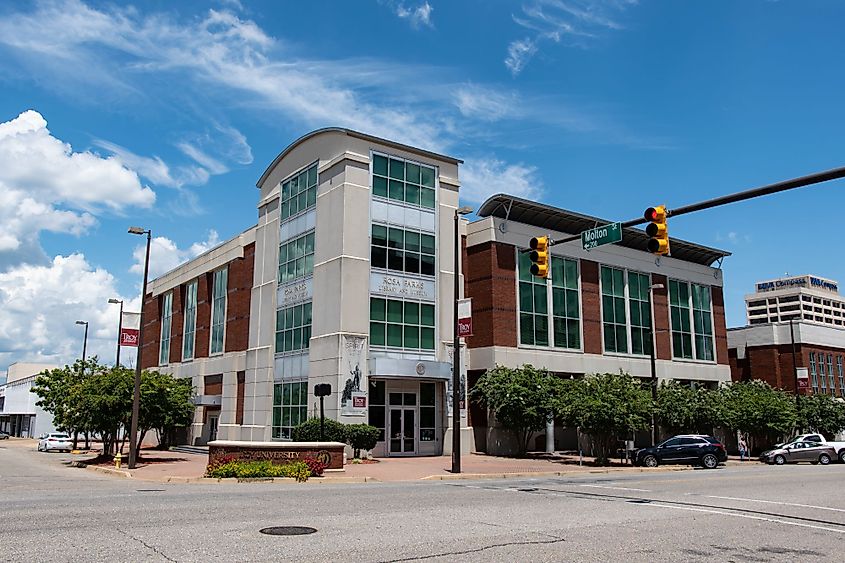
Visitors of the Rosa Parks Museum will learn of the life and legacy of Rosa Parks, witness her arrest, view a old Montgomery city bus, and learn how a group of willing men and women fueled an entire movement. While traveling back through time, visitors will meet iconic historical figures such as Rev. Dr. Martin Luther King, Jr, and witness the mass effect that the Montgomery Bus Boycott had on not only the Civil Rights Movement but on the world.
Montgomery Zoo and Mann Wildlife Learning Museum
The Montgomery Zoo is a highly popular family destination. Spread over 40 acres, the zoo is home to over 500 animals coming from five continents. The Montgomery Zoo and Mann Wildlife Museum are proud members of the Zoological Association of America (ZAA), which promotes responsible ownership, management, conservation, and propagation of animals both within the public and private domains, and does so through professional standards in animal care, safety, ethics, and husbandry.
Dexter Avenue King Memorial Baptist Church
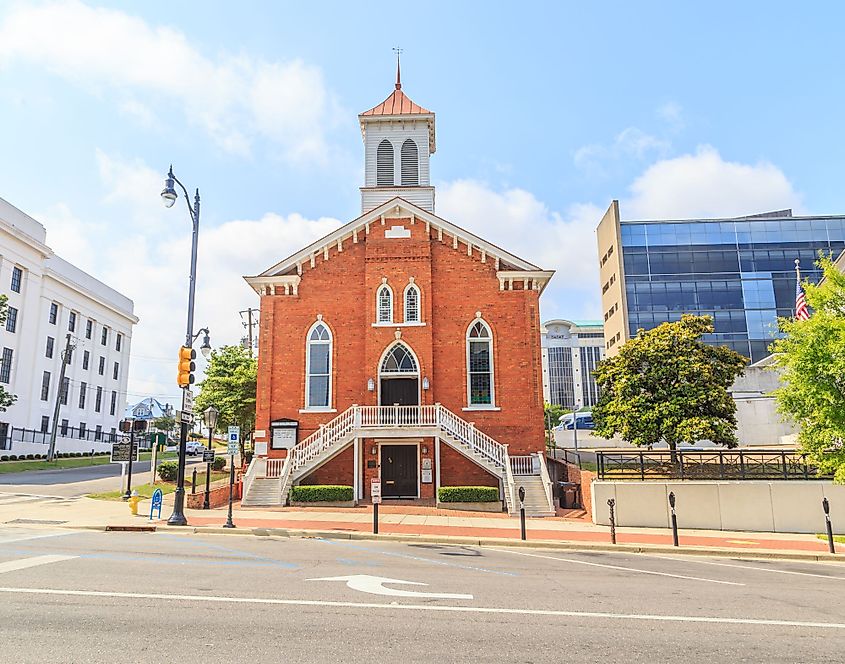
One must visit the church where Dr. Martin Luther King Jr., used to pastor and helped organize the 1955-1956 Montgomery bus boycott that ignited the civil rights movement. This red brick church is steeped in history, and was the site of many meetings during the civil rights era.
